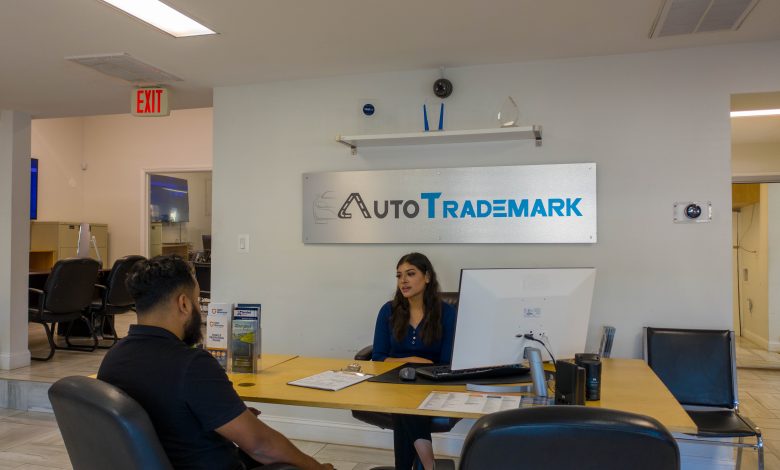
A common misconception about new car dealers is that they’re out to make a quick buck, getting the best of you during the negotiation process and eventually overcharging you for a new vehicle. Although, the truth is that most dealers just want to satisfy their customers rather than overcharge them. Believe it or not, car dealerships actually make very little profit on a new car sale (usually under 8.7 percent of the vehicle’s invoice price goes to the dealer) while the bulk of your hard-earned money goes directly to the manufacturer. To learn exactly how much a dealer is making on your new car. Customers can consider obtaining a vehicle cost report which also provides you with a breakdown of fees. finance and lease rates as well as any additional incentives available in your area.
Need to learn about factors of car dealership margin!
New vehicle Sale: every car dealership earns a margin as decided by the original car manufacturer. The automobile earns a 3-6% margin on every sale of a new vehicle.
Used Vehicle sale: usually car dealerships offer exchange facilities to new vehicle consumers. By exchanging used cars they earn a margin of almost 5% on sales of used cars. that’s why we talking about it.
Finance margin: the car dealership earns a margin on getting vehicle finance from a certain banker. Moreover, a banker pays almost 0.5 to 2% margin for every vehicle finance to the dealer partner.
Insurance Payout / Margin: The Insurance companies release a payout of an average of 18% to the respective dealers. The majority of the Insurance is handled by the brokers appointed by the original car manufacturers.
Accessories: The car Dealerships earn an average 20% margin on the accessories sold during a new car sale.
Target linked Incentives: Mostly, Automobile Manufacturers also incentivize the dealers on achieving the set targets for the particular month/quarter/year. The Incentives form an average of 1%to 4% and vary accordingly based on the extent of targets achieved.
Handling Charges Many dealers charge handling expenses too on every sale. And are primarily the cost of managing the vehicle logistics and stockyard expenses. The issue here is that it is not standard and varies across dealers/brands and transparency is a big concern.
What are after-sales operation margins earned by car dealerships?
Periodic Maintenance / General Repairs:
Mostly, you leave your vehicle for either Periodic Maintenance or General Repairs at a workshop; the car dealership earns some money. The earnings depend on the category of the vehicle extent of work done on the vehicle.
Body Shop: All accidental repairs happen in the Body shop. And is one of the major sources of revenue in the service operation.
Sale of Parts: Usually parts are replace and dealers earn an average margin of 15% to 20% on parts sold. that’s the main reason to confirm for dealing everything.
Different expenses of car dealerships
Rentals:
These days majority of the automobile dealerships are situate in rented premises owing to the manufacturing requirement of situating the business in central locations/automobile lines. Also, the size of showrooms/workshop/stockyard has to ensure the Original car manufacturers. Every dealership earns margins as decided by the respective OEMs through every sale. The automobile dealership earns almost 3%-6% margin on each sale.
and rules.
Term Loans Repayment
Long Term Loans, Term Loans Repayment: The car Dealerships avail long-term loans from the bankers at the beginning to construct the premises as the cost goes up to a million. The automobile dealership then repays this loan via the monthly business and the interest rates go at an average of 8% by the respective bankers.
Inventory Loan Repayment: The guaranteed credit approval car dealerships generally purchase the vehicle from the original manufacturer by availing loans from the bankers. And this amount is technically known as Inventory Funding. The interest rate goes as high up to 10%. Hence any dealership carrying more stock ends up paying more interest rate to the bankers. Similar to vehicle purchase; the dealership also bears the cost of carrying the stock of accessories, spare parts, used vehicles, etc.
Marketing Expense – A car dealership may be involve in ATL / BTL operations every month to promote itself and the brand. Car dealerships generally invest dollars in marketing every month to reach the target customers.
Maintenance Costs: Electricity, Telephone, Water, etc. charges that are use in day-to-day operations of the dealerships. Do note that these days, the showrooms or the workshops are fully air-conditioned and the electricity bill itself ranges between 1-2 million. The dealership also incurs costs in terms of repair of infrastructure as well.
Test Drive Vehicles Expense: The car dealership initially sustains costs in addition to the Test Drive cars and then on a monthly basis incur costs for fuel/repairs of the Test Drive vehicle.
Miscellaneous Expenses”: Right from serving tea/biscuit to customers, to arranging training for existing manpower. The dealership incurs a lot of expense on miscellaneous activities on a monthly basis.